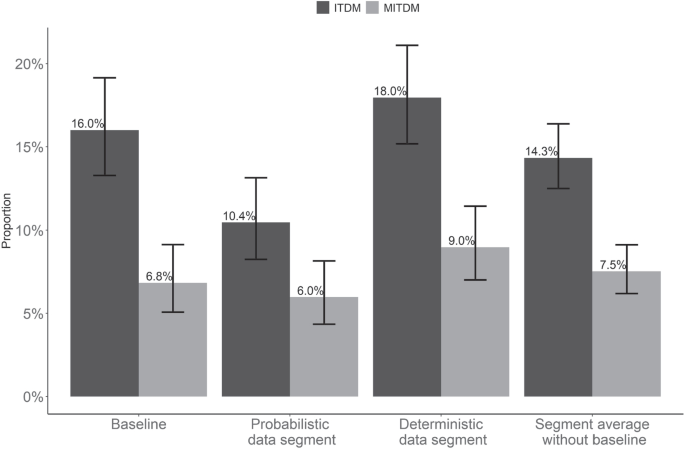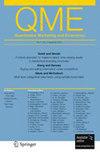第一方或第三方受众数据是否更有效地找到“正确的”客户?IT决策者的案例
IF 1.1
4区 管理学
Q3 BUSINESS
引用次数: 0
摘要
营销人员经常面临的挑战是如何与那些有责任、有影响力或有购买力的客户进行最好的沟通,特别是在企业对企业(B2B)的环境中。例如,销售软件和IT的B2B营销人员需要识别组织内的IT决策者(itdm)。从理论上讲,现代数字环境允许营销人员根据确定性的前景列表或概率推断,通过专门设计的第三方受众细分来定位组织中的个人。然而,在本文中,我们表明,在我们的上下文中,这种“现成的”细分在找到合适的人方面并不比随机勘探更好。我们提供的证据表明,即使是确定性属性信息对于ITDM识别也是有缺陷的,并且糟糕的活动结果可能部分与不正确地将已建立的潜在客户资料分配给在线标识符有关。然后,我们使用我们的出版商网络数据来调查如果广告商使用不太容易受到已确定问题影响的第一方数据会发生什么。我们证明,第一方人口统计数据或上下文信息允许广告商和出版商在第三方ITDM受众细分和随机寻找方面表现出色。我们的研究结果对理解数字广告从第三方cookie跟踪的转变,以及如何在广泛的隐私监管背景下执行数字营销具有启示意义。本文章由计算机程序翻译,如有差异,请以英文原文为准。

Is first- or third-party audience data more effective for reaching the ‘right’ customers? The case of IT decision-makers
Abstract Often marketers face the challenge of how to communicate best with the customers who have the right responsibilities, influence or purchasing power, especially in business-to-business (B2B) settings. For example, B2B marketers selling software and IT need to identify IT decision-makers (ITDMs) within organizations. The modern digital environment in theory allows marketers to target individuals in organizations through specifically designed third-party audience segments based on deterministic prospect lists or probabilistic inference. However, in this paper we show that in our context, such ‘off-the-shelf’ segments perform no better at reaching the right person than random prospecting. We present evidence that even deterministic attribute information is flawed for ITDM identification, and that the poor campaign results can be partly linked to incorrect assignment of established prospect profiles to online identifiers. We then use access to our publisher network data to investigate what would happen if the advertiser had used first-party data that are less susceptible to the identified issues. We demonstrate that first-party demographics or contextual information allows advertisers and publishers to outperform both third-party ITDM audience segments and random prospecting. Our findings have implications for understanding the shift in digital advertising away from third-party cookie tracking, and how to execute digital marketing in the context of broad privacy regulation.
求助全文
通过发布文献求助,成功后即可免费获取论文全文。
去求助
来源期刊

Qme-Quantitative Marketing and Economics
Multiple-
CiteScore
2.30
自引率
10.50%
发文量
13
期刊介绍:
Quantitative Marketing and Economics (QME) publishes research in the intersection of Marketing, Economics and Statistics. Our focus is on important applied problems of relevance to marketing using a quantitative approach. We define marketing broadly as the study of the interface between firms, competitors and consumers. This includes but is not limited to consumer preferences, consumer demand and decision-making, strategic interaction of firms, pricing, promotion, targeting, product design/positioning, and channel issues. We embrace a wide variety of research methods including applied economic theory, econometrics and statistical methods. Empirical research using primary, secondary or experimental data is also encouraged. Officially cited as: Quant Mark Econ
 求助内容:
求助内容: 应助结果提醒方式:
应助结果提醒方式:


